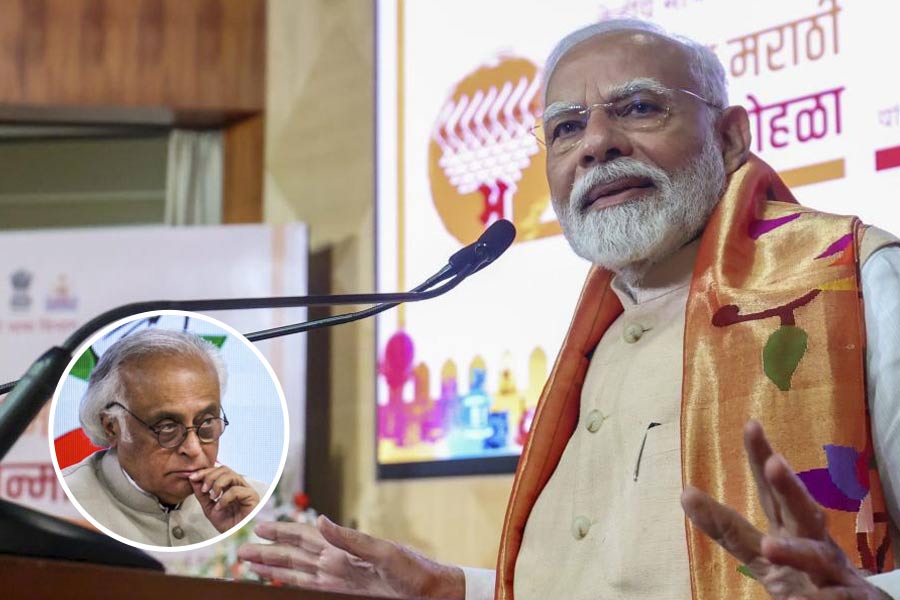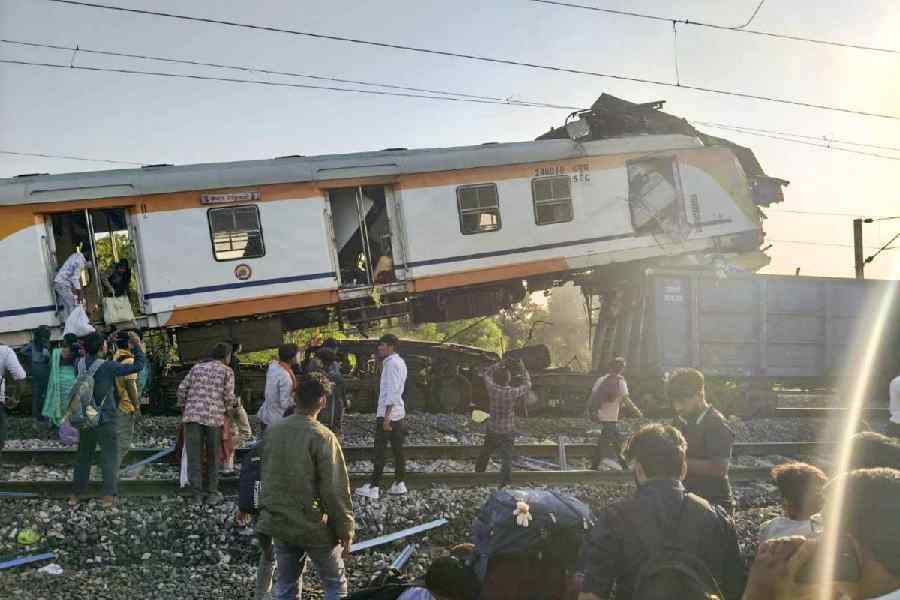New Delhi, Aug. 19 : Close to 11 that August morning, the radar operations in charge at an air force base in Gujarat switched on the loudspeakers and alerted the fighter pilots on operational readiness.
In a couple of minutes, Squadron Leader Prashant Bundela, 'Alpha', and Flying Officer Sanjeev Narayan, 'Bravo', were airborne in their MiGs. A French-made Atlantique of the Pakistani maritime reconnaissance was
flying in Indian airspace. Despite warnings, it had not identified itself and stated its
purpose.
Bundela and Narayan flew close to the Atlantique for visual identification to confirm what was suspected - that it was indeed a Pakistani aircraft.
The pilots also made radio contact with the spy plane and reported back to the air force controller.
The Atlantique was turning and flying back into Pakistani airspace when Bundela fired a French-made Matra missile.
The missile hit the Atlantique on its left engine, sending it hurtling down in a ball of fire with its debris scattered mostly on the Pakistani side of the Rann of Kutch.
It was August 1999, barely a month after the Kargil war, and Bundela was decorated with the Vayu Sena medal.
Three years later, Squadron Leader Prashant Bundela is dead.
He died on Saturday at the military hospital in Pune. He was given a quiet funeral at his ancestral home in Jhunjhunu, Rajasthan, yesterday. He is
survived by his wife and two children.
On April 4 this year, Bundela, a pilot in his early 30s with more than 1,200 hours of flying, was on a sortie from Adampur to Halwara with Flight Lieutenant S.K. Nayak.
A few minutes after takeoff, somewhere over Jalandhar, his MiG-21 Bis engine began sputtering. Fuel was not being pumped into the R-25 engine and it flamed out.
Both Bundela and Nayak ejected. Nayak parachuted down safely.
Bundela landed on his neck. He was paralysed. On Saturday, after three-months of struggling in the intensive care unit, Bundela died.
For the Indian Air Force, Bundela's death is the strongest argument to procure the Advanced Jet Trainer (AJT).
The file on the AJT is now somewhere between the ministry of defence and the Union Cabinet.
Many MiG crashes are put down to pilot error - because the trainees, graduating from the Kiran aircraft to the MiG, experience a big leap.
The defence establishment has been arguing that AJTs are desperately needed to bridge this gap.
Critics have derisively also referred to the aging MiGs - the IAF has some 200 of them - as 'Flying Coffins', much to the chagrin of the top brass of the defence forces.
In the two decades that successive governments have been negotiating the deal for the AJTs, everytime a MiG has crashed, the refrain has gone out that fear of scandal (and kickbacks) has combined with bureaucratic red tape to delay the decision.
Bundela was not a novice. He was a fighter ace. In life, he symbolised the best of the air force; in his manner of death, its worst.
 Wednesday, 05 November 2025
Wednesday, 05 November 2025









